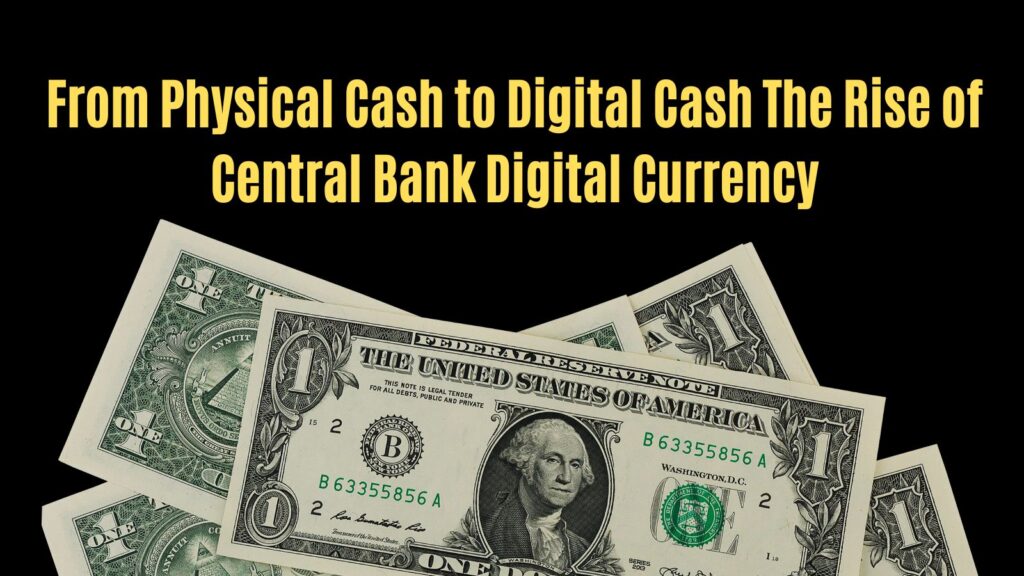From Physical Cash to Digital Cash: The Rise of Central Bank Digital Currency

Central Bank Digital Currency (CBDC) is a digital version of a country’s fiat currency that is issued and backed by the central bank of that country. CBDCs are designed to function like physical cash, but in a digital format, and can be used for a variety of purposes, including making electronic payments, conducting financial transactions, and storing value.
Unlike other digital currencies, such as Bitcoin or Ethereum, CBDCs are issued and backed by a central authority and are typically regulated in accordance with the laws and regulations of the country in which they are used. This means that CBDCs offer the same level of security and reliability as physical cash, but with the added convenience of being able to be used for digital transactions.
CBDCs are based on distributed ledger technology, also known as the blockchain, which is a decentralized record of all transactions that is maintained by a network of computers. This technology allows for secure and efficient transactions, as well as increased transparency and accountability.
The development and implementation of CBDCs is a complex process, and central banks around the world are carefully considering the potential risks and benefits of using this technology. Some of the key considerations include the impact on monetary policy, financial stability, and the overall financial system.
CBDCs have the potential to revolutionize the way we conduct financial transactions and could help to modernize payment systems and make them more efficient and secure. However, it is important to ensure that appropriate safeguards are in place to protect consumers and businesses, and to mitigate any potential risks.
Overall, CBDCs represents a significant step forward in the digital transformation of the financial sector and have the potential to bring about significant changes in the way we use and manage money. As such, it is important for central banks, financial institutions, and other stakeholders to carefully evaluate the potential risks and benefits of this technology, and to ensure that it is implemented in a way that is safe, secure, and beneficial to all users.



